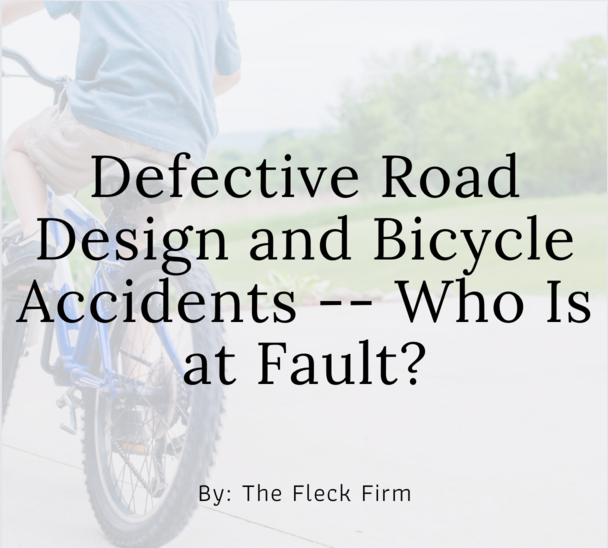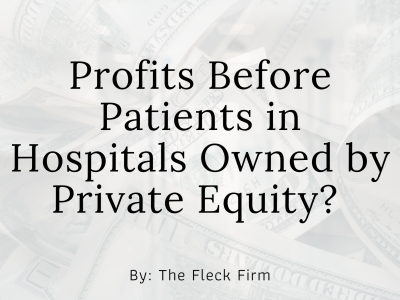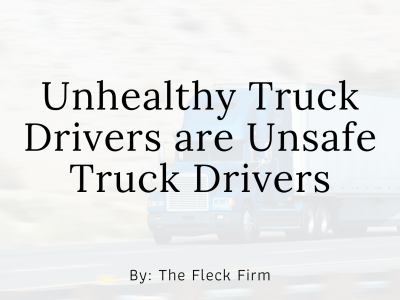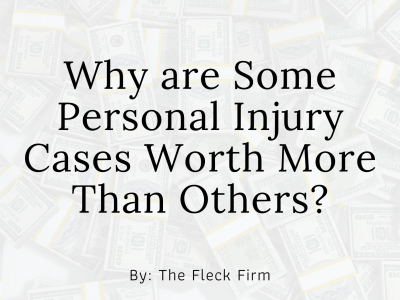You drive through these kinds of intersections maybe every day. They could be in residential areas that border commercial ones. It’s part of a busy street with churches and schools, and fast traffic fills the street. If you’re in a vehicle, you want to get through as quickly as possible to reach your destination. If you’re a bicyclist or pedestrian, you just want to cross the intersection without getting killed or having to spend the rest of your days in a wheelchair.
A recent New York Times opinion piece discussed a California intersection where a 13-year-long life ended. There may be thousands of similar places across the US, including Kentucky. It shows how decisions about traffic flow are life and death decisions impacting everyone, especially those not in a vehicle.
Right on Red Leaves Teenager Dead
On Thursday morning, Andre Retana left home and headed toward his middle school in Mountain View, California. He rode his bike on the sidewalk and pulled up to a red light at El Camino Real and Grant Road intersection. It’s a dangerous roadway near two major state highways.
There was no bike lane, but the intersection had two gas stations and a car dealership. Motorists at all corners are permitted to turn right at red lights (as long as it’s safe to do so). Those who designed the road made traffic flow a priority over safety. Motorists are in a hurry. They have places to go!
According to a police investigation:
- Andre rode into the path and fell in front of a construction truck turning right
- The truck came to a stop at the red light before turning and striking Andre, but he couldn’t see him because he was high up in the cab, and Andre was in his blind spot
- He died shortly afterward
- The truck driver didn’t realize what happened and stopped after bystanders flagged him down
- The driver was cleared of wrongdoing by police
Was Andre’s death an accident or the outcome of making roads less safe by a design that emphasizes accommodating large volumes of vehicles and drivers’ desire for speed?
Other attorneys take contingent fees of 33% to 50% of your settlement.
We want you to keep more of your money.
Our contingent fee is only 30% on cases settled prior to filing suit.
Do Bicyclists’ Lives Matter?
Would Andre, and many others like him, be alive if there were more bike lanes or fewer vehicles turning right on red? Two options may permit bicyclists to get through intersections before vehicles do:
- Motor vehicles would stop farther away from traffic lights, allowing bicyclists to get physically closer to the intersection
- A second set of traffic lights for cyclists timed so their green light happens before vehicles get theirs
Then what? Where do bicyclists go on a road where some drivers are indifferent or even hostile to their safety?
Local governments, even if they want to make changes to make intersections and roads safer, deal with road designs that may be decades old. Streets can be widened to accommodate bicyclists, but that can be expensive, and greater width may result in higher vehicle speeds. Reducing vehicle travel lanes could give bicyclists more space, but without physical barriers, frustrated drivers may drive in bike lanes.
What Would Your Legal Options Be If Andre Was Your Child?
A wrongful death lawsuit may be filed. The personal representative of the deceased’s estate would start the case against a party whose negligent or intentional acts caused the death. Damages may include compensation for the victim’s pain and suffering between the accident and his death and wage loss.
The truck driver hitting Andre may not have broken any criminal laws, but that doesn’t mean he didn’t act negligently when he hit him. Depending on the driver’s background, if the driver worked for someone else and drove on the job, the employer may have been negligent when putting him behind the wheel.
You could file a claim with Kentucky’s Office of Claims and Appeals if the state were negligent and responsible for the design of the intersection where your child was killed. This is an administrative, not a judicial, proceeding. The award is limited to $250,000, and it can’t cover mental distress, pain, or suffering.
Proving the claim would require extensive expert testimony. We would need to show the roadway was dangerous and the designers acted negligently or that the state negligently failed to make changes after learning it was unsafe. It would help your case if there were prior, similar accidents but no design improvements were made.
Have You Been Injured as a Bicyclist or Pedestrian at an Intersection?
If you have any questions about your legal rights to compensation and how they can be protected, contact The Fleck Firm for a free consultation at (270) 446-7000. We’ll talk about the accident, the law, and your best options to proceed. Insurance companies have lawyers. You should have one too.








